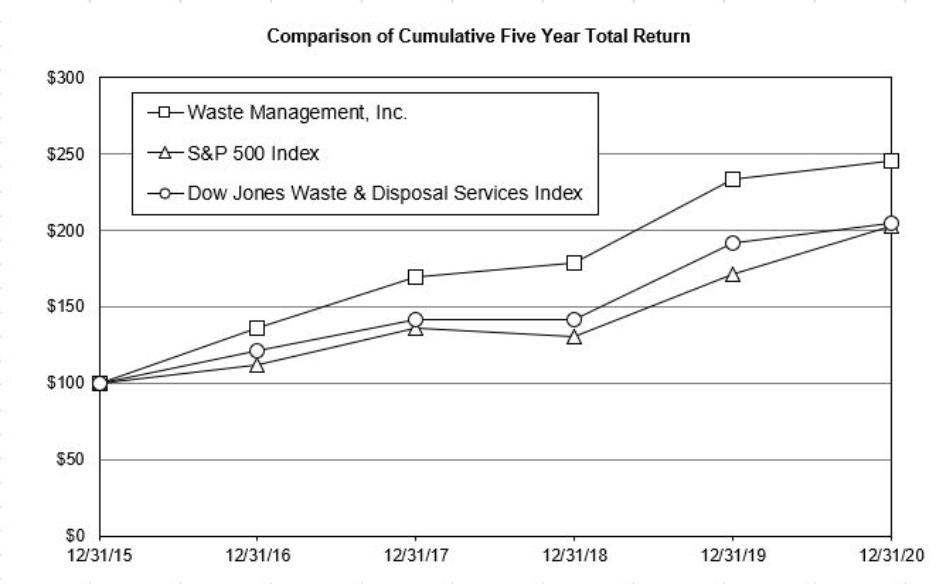Free signup for more
- Track your favorite companies
- Receive email alerts for new filings
- Personalized dashboard of news and more
- Access all data and search results
Content analysis
?| Positive | ||
| Negative | ||
| Uncertain | ||
| Constraining | ||
| Legalese | ||
| Litigous | ||
| Readability |
H.S. sophomore Avg
|
|
New words:
accessing, acute, arrive, arriving, aspirational, automate, automated, automation, Basel, belonging, book, burden, bury, capability, Capitol, certainty, chain, choice, compromise, compromising, conclusion, contemporaneously, cornerstone, coupled, creation, cultivate, cultural, culture, dairy, delaying, dental, detrimental, disaster, discretionary, dislocation, display, disproportionately, Divesture, dramatically, drawn, duty, embed, empower, essential, ethnic, excel, excellence, fall, family, female, field, flat, Fostering, freight, frontline, GFL, good, grew, headroom, heavy, highlight, hinder, home, hourly, hygiene, ill, inbound, incentivize, inconsequential, ineffective, jeopardize, justice, learn, learned, learning, lieu, manual, meaningfully, medical, mentioned, mind, Modernization, modernize, month, motivating, mutual, nonrecurring, notable, operationally, outlook, overtime, pandemic, paused, percent, platform, play, pool, posed, postponed, priority, problematic, procurement, prudently, quantification, rebounded, rebounding, refinancing, refinery, regular, remotely, resume, resumed, retroactively, revisit, reward, robust, role, save, scaling, scheme, scout, scrap, seamlessly, sharp, sharpen, simplify, situation, skill, skilled, slowdown, small, SMR, sought, specialty, spite, steadfast, strain, strength, strive, student, subscription, surrendered, synergy, talent, taxation, technician, thought, tolerance, top, Transboundary, twelve, undertaken, unemployment, unknown, unloading, unprecedented, unsafe, upfront, vaccinated, Valley, vital, waive, waiving, week, worker
Removed:
acceptance, ahead, alleging, announcement, bulb, condensed, dilutive, exchanging, Fannin, fluorescent, Franklin, furniture, gasification, globe, institution, lot, Metro, monetary, Nation, newsprint, NOV, office, parking, PARTICK, Patrick, peninsula, plasma, portable, preventative, refinement, restroom, restructured, revising, servicing, serving, shipped, sum, sweeping, transacted, unanticipated, unchanged, unexercised, universal, Wheelabrator
Filing tables
Filing exhibits
Related press release
Associated WM transcripts
WM similar filings
Filing view
External links
